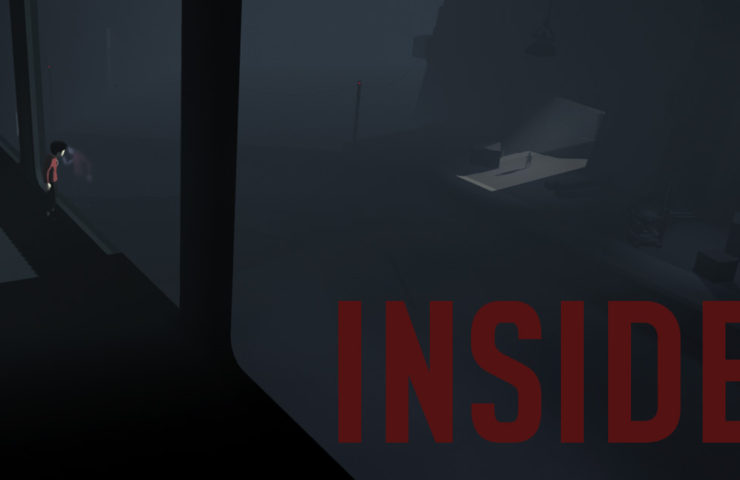Playdead, the indie developers behind the critically acclaimed Limbo, released Inside, their second game, at the end of last month. And frankly, it is a work of art.
Visually, the game designers were clearly more interested in creating something stylistically interesting than hyper-realistic; the artwork is reminiscent of your typical Tim Burton film. And yet, through their impeccable attention to detail, they managed to create a more realistically immersive experience than even most hyper-realistic games manage to achieve. Which, considering how notably strange the world within Inside is, does wonders for players’ ability to immerse themselves into an otherwise distinctly unrealistic game.
Visual Lighting
First, let’s look at the lighting, shall we? In general, Inside is a visually dark game, so it relies heavily on lighting effects to create its immersive atmosphere. Somewhat ironically, a game with relatively little light has some of the best lighting design I have ever seen.

Light dissipates throughout space, dimming and bending in the water as it moves away from the source, just as real world physics demand. You can also see darkened outlines of objects in the distance, which builds a realistic, 3D environment. In this image, for example, there is clearly more wreckage in the background, but it rests in the shadows, beyond the reach of your little bit of light. Tiny particles, along with the bubbles created by you diving into the water, are illuminated in the water. Also notice that even the debris that falls into the water with you creates shadows on the lit floor.
Inside developers also took into consideration how our eyes adjust to different levels of light. There is a particular scene in the game when you are dropped suddenly into near total darkness. For a few seconds it is impossible to see much of anything, but after a few moments your environments brightens just slightly, presumably as the player character’s eyes adjust to the darkness. It is a subtle effect, but a powerful one when trying to craft a realistic experience in a distinctly unrealistic world.
Sound Effects
Inside also takes sound design to a whole new level. For obvious reasons, this is a bit difficult to demonstrate in a blog post, but a quick Youtube search will bring up plenty of gameplay videos that will enable you to hear what I mean for yourself. Throughout the game there are background noises that remind you that you are never truly alone. Other sounds start faint and grow louder as you progress through the game, building suspense for the dangers that await you.

The audio effects triggered by interacting with water are among the best details in the game. When you jump into a pool, you hear the familiar, all encompassing crash of the impact followed by the now muted sounds of your environment. All surrounding sounds remain muted this way until you once again break the surface of the water, at which point the environmental audio immediately becomes more sharp and distinct. All Inside players will recognize this experience, and using such realistic details makes it easier for the game to pull them into its strange and creepy world.
Okay, So What?
If you’re sitting there thinking that an extraordinarily detailed bubble effect is not going to make or break your game, you’re probably right. It is just a tiny detail after all. But Inside serves as a reminder that, when combined, a lot of tiny details can have a huge impact on a player’s gaming experience. It is in the tiny details that players will find realism in the utterly unrealistic, enabling them to fully immerse themselves in absurd worlds and realities.

Suspension of belief is vital to a player’s gaming experience. If you cannot convince a player to suspend their belief and enter the world of your game, your players’ experiences with your game will suffer. Inside’s reality only gets stranger as the game progresses. I was too in awe of the game’s stunning visuals and attention to detail, however, to question how odd the world and story I found myself in was becoming. That is the power of tiny details.
Inside has raised the bar for developers seeking to create immersive environments. Paying close attention to how they achieved that will help you and your games rise to meet the challenge.
—
If you’d like to learn how to be a more successful game developer, consider reading The Definitive Guide To Game Development Success — a popular eBook designed to help turn game development into a sustainable career.

